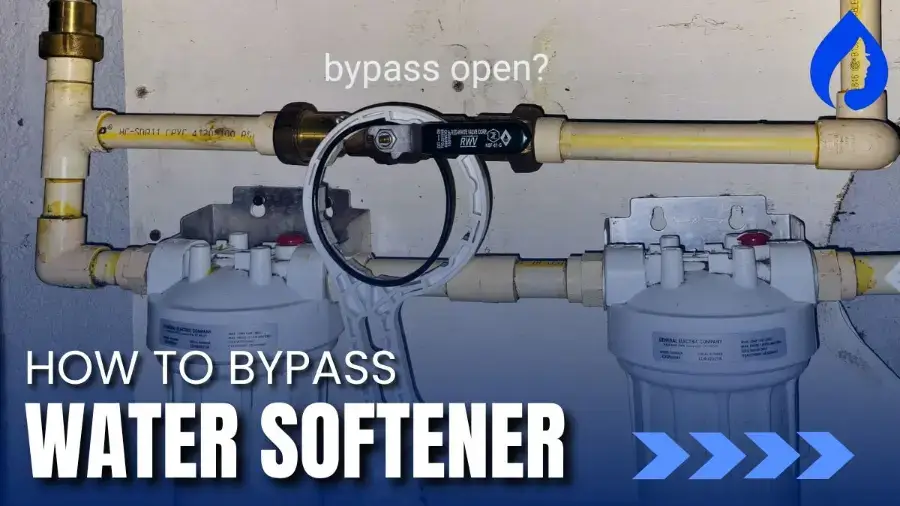
You should bypass your water softener to perform certain maintenance tasks like like fixing no regeneration.
Here’s how to do that:
However, some softeners can have handle-type bypass levers too. Continue reading for a detailed step-by-step guide to bypass water softeners with different valve types.
👉What Does The Bypass Valve Do On A Water Softener?
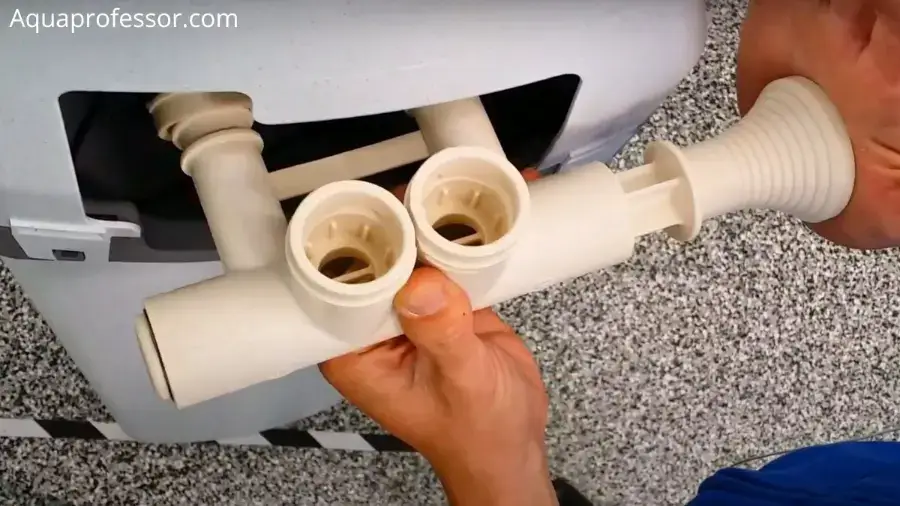
A 3-valve bypass valve has a handle, button or lever, and it is used to divert the water flow so it does not enter the softening cycle.
Bypass valves are often U-shaped and located on the water pipe near the softener.
Two inlets are involved in the functioning of a bypass valve. One inlet allows the connection of the valve with the incoming water supply.
The other inlet is for either sending the water into your softener or bypassing it.
Two outlet pipes are also present in a bypass valve. One outlet pipe allows the softened water from the softener to enter the valve. The other outlet pipe is for dispensing water to your plumbing line.
When the switch is turned on, or the bypass valve is activated, the connections between the water softener and water supply are cut off.
No water is allowed to enter or leave the water softener. Water reaches your plumbing lines directly from the supply, bypassing the softener.
👨🏫Water Softener Bypass Diagram
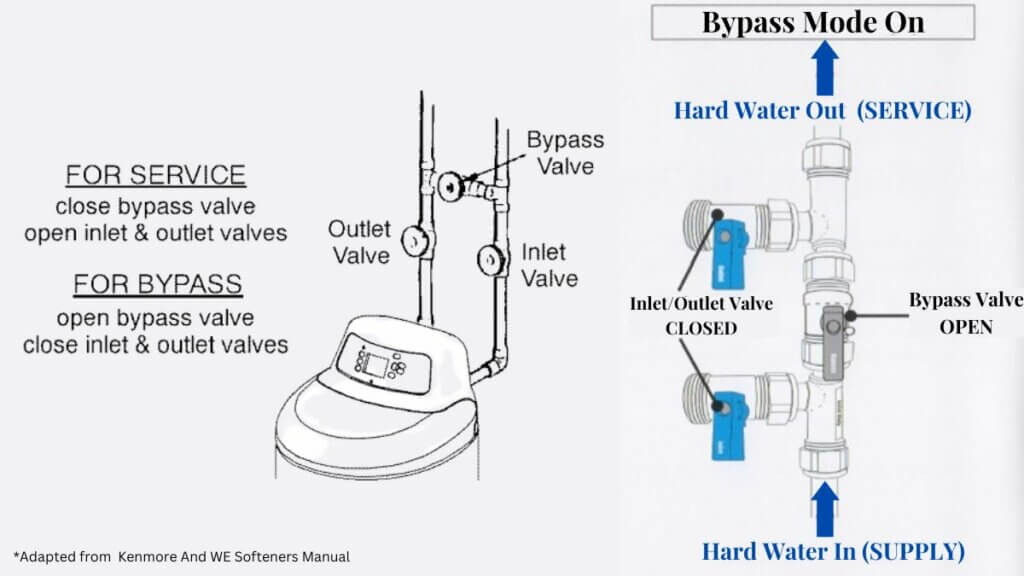
🎯Where Is the Water Softener Bypass Valve Position?
The bypass valve is usually located at the back or the top of a water softener unit. The three different types of bypass valves, depending on the type of water softener, are:
🤔How To Use Water Softener Button Bypass Valve?
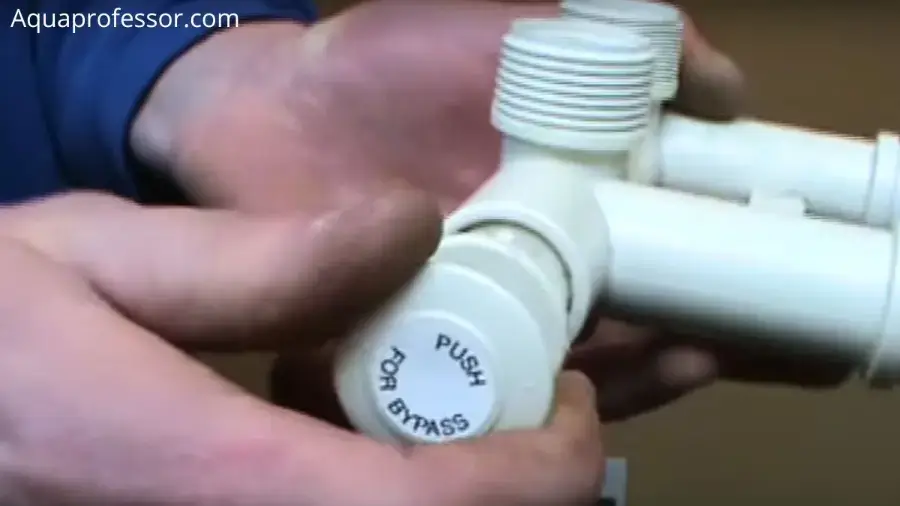
Follow these steps to bypass your water softener with the button bypass valve:
Also Read: How Do I Turn the Water off in My Water Softener?
💦How To Use Water Softener Lever Bypass Valve?
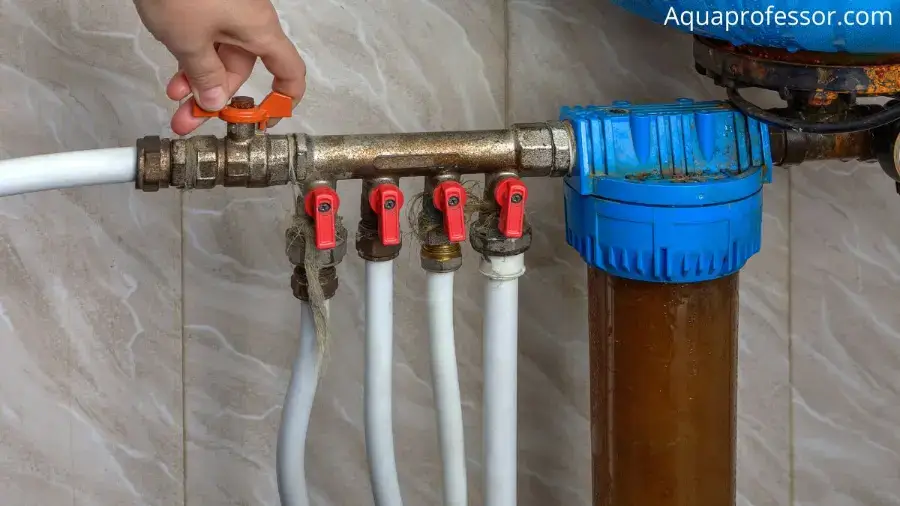
Follow these steps to bypass your water softener with the lever-like valve:
👍How To Use Water Softener Handle Bypass Valve?

Follow these steps to bypass your water softener with the handle bypass valve:
Modern water softeners like DROP Connect have exceptional features that allow you to bypass the unit using their app. This eliminates the need to locate and activate the valve manually.
👌Is It OK to Bypass Your Water Softener?
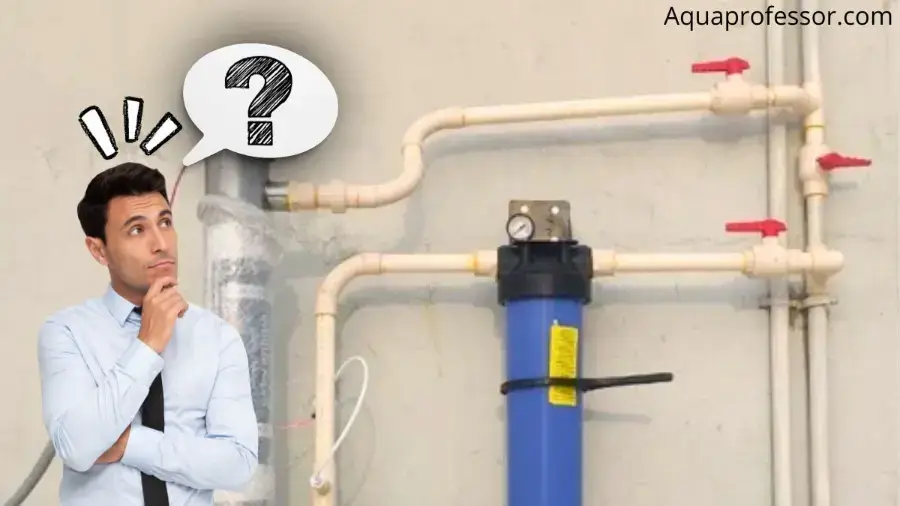
Yes, bypassing your water softener is completely okay and even necessary in some situations. Here are three scenarios where bypassing your water softener is important:
💡How To Bypass Water Softener: FAQs
Can you disable a water softener?
Yes, a water softener can be disabled. To turn off your water softener, follow these steps:
1. Set the unit to bypass mode.
2. Turn off the power supply.
3. Unplug the device.
Where is the bypass switch on a water softener?
The bypass switch on a water softener will likely be found at the back or top of the unit. A bypass valve is usually close to the pipes connecting the water supply to the softener.
Will my water softener regenerate if the bypass is on?
No, your system will not regenerate if the bypass mode is on.
Should I turn off my water softener when I go on vacation?
Yes, you should turn off your water softener before you go on a long vacation (more than a month). This will protect your device from unwanted damage.
Is it OK to leave the water softener on bypass?
Leaving the water softener on bypass will not cause any major problems. However, you won’t get any soft water, and some mineral deposition may occur.
Adarsh is a Health & Nutrition Sciences graduate with expertise in environmental health. He is associated with ventures like Glacier Fresh Filter and Simpure Filter Systems. Through Aqua Professor, he intends to provide helpful information to every home to help them make smarter decisions.
